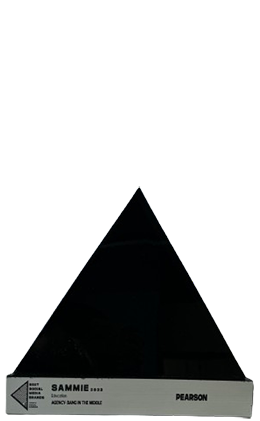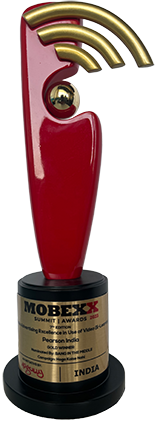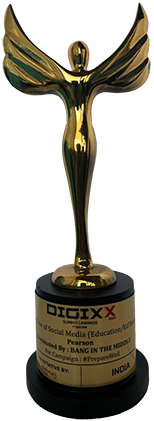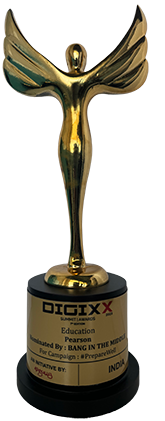How Pearson redefined EdTech Communication: #PrepareWell #HogaKaiseNahin
Campaign Objectives
Drive salience and increase top of mind recall. Pearson is a heritage brand that is well known among the student and teacher communities as the publisher that has the best authors. Over the period of time, Pearson is become much more than a mere publisher of books. It has new age technology-driven learning solutions that includes an app, an always on digital library and a host of tools that the learners can leverage.
The brand has been facing intense competition from the new age education-technology brands who use mass media high pressure advertising as the differentiator. The new brands have a much wider net to cast and they focus on success in exams, better scores and sometimes even better standing in society.
As a brand Pearson is more relatable, has no hyperbole and never focuses on the results.
The brand track suggested that new age brands have substantial salience over Pearson. The leading brand had 8 times higher TOM recall and second brand has 4 times higher TOM recall.
In the pre-campaign track, the advertising salience of Perason was 6 times lower than Byju’s. However Byjus buys at least 20 times more GRPs than Pearson so this was not surprising.
The Campaign thus needed to create excitement around Person, increase Pearson's recall by at least 10% and advertising recall by 10%. The modest target was in-line with the much smaller overall marketing budget of Pearson.
Target Audience
Pearson speaks with three audience cohorts: students, teachers and parents.
We needed to find common ground between the three cohorts to arrive at a compelling proposition.
Our ethnographic research pointed that there are two angles where all the conversations converge, however they have different meanings for different audience segments.
For the students, while the final score matters, the path to the score matters more. They speak a lot more about how they went about preparing for the exams, the effort they put in and the learning they got out of it.
For the teachers, while the success of students mattered, they took pride in the process. The skill of the teacher was more in the way they imparted education and not in the final result.
The parents had a far greater investment in results, but they took pride in the process of preparation too.
Creative Strategy
Preparation thus became the core of the campaign.
#PrepareWell gave us the handle by which we could tell a compelling brand story.
The proposition was brought to life with a young Actor, Vicky Kaushal, who is also an engineer and is known to be an actor that works hard when preparing for his roles. It’s his personal reputation that was infused with the brand story. The use of language was carefully calibrated to ensure that we do not lose the context of education but speak the language of students.
Overall Campaign Execution
The campaign was designed to be digital first. Over 80% of the media budget was allocated to mobiles. All the three audience groups in India consume content primarily on mobiles. Hence, the films, the social content and the relavant native ads were geared more at mobiles.
Execution
Our target was 50% OTT on high-impact properties and remaining 50% was on social media channels. The campaign was a multilingual and the ads were served to the audience basis the region from where the traffic was coming from. Our ad pacement across the web was driven from language centricity. This ensured a much higher engagement with the communication.
Business Impact
We immediately saw a 30% surge in website traffic and 50% surge in transactions on our website/Amazon webstore.
We also saw that they leading ed-tech brand change its communication strategy to speak about “preparation”. The outspent Pearson to try and own the word, however our ad serve on the keyword did not see an increase in cost, implying that we were able to own the keyword in a more effective way.
Evaluation
Pearson’s top of mind recall doubled, the TOM of the brand leader came down by 4%.
Pearson’s total awareness increased by 10%, the brand leader’s total awareness decreased by 4%.
This is the first brand campaign for the brand in three years. The two digital films that were shot were crafted with Preparation as the central theme. The tonality was real, we avoided hyperbole. The creative was deliberately created in local languages to keep the relatability higher.





